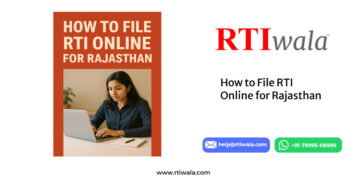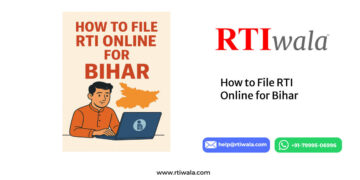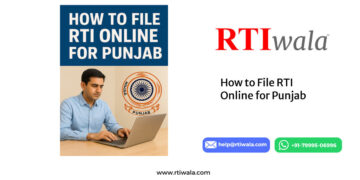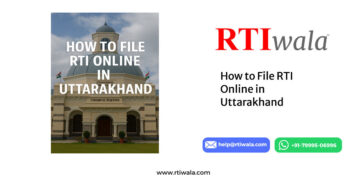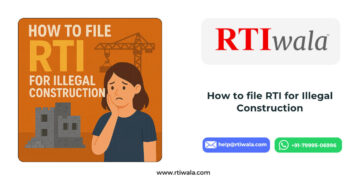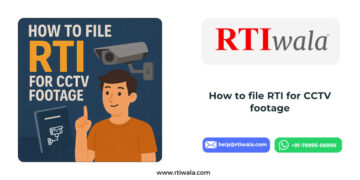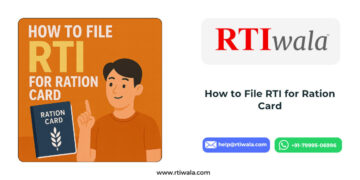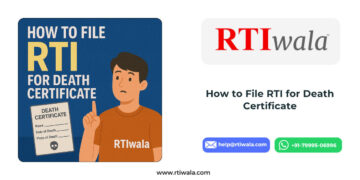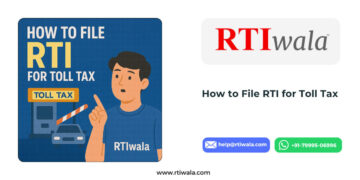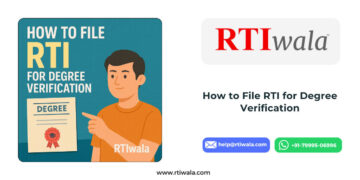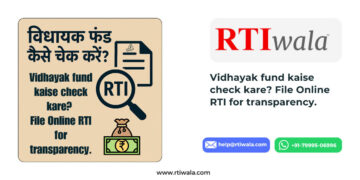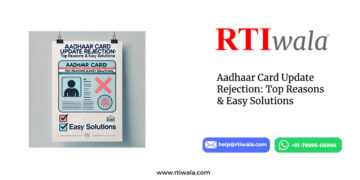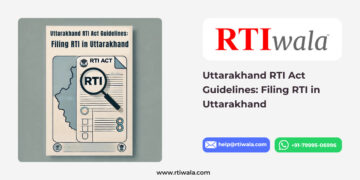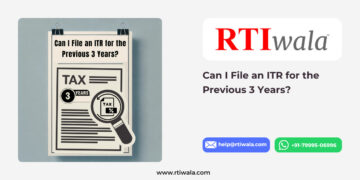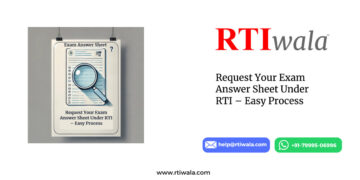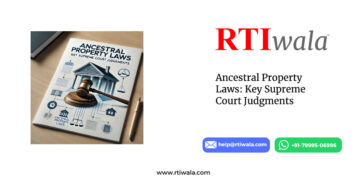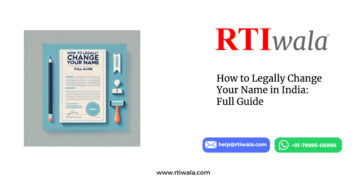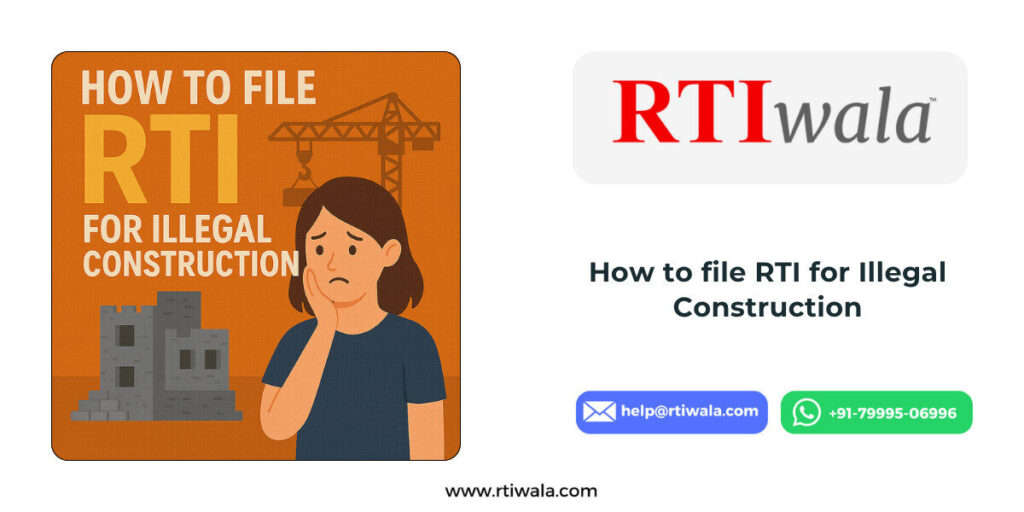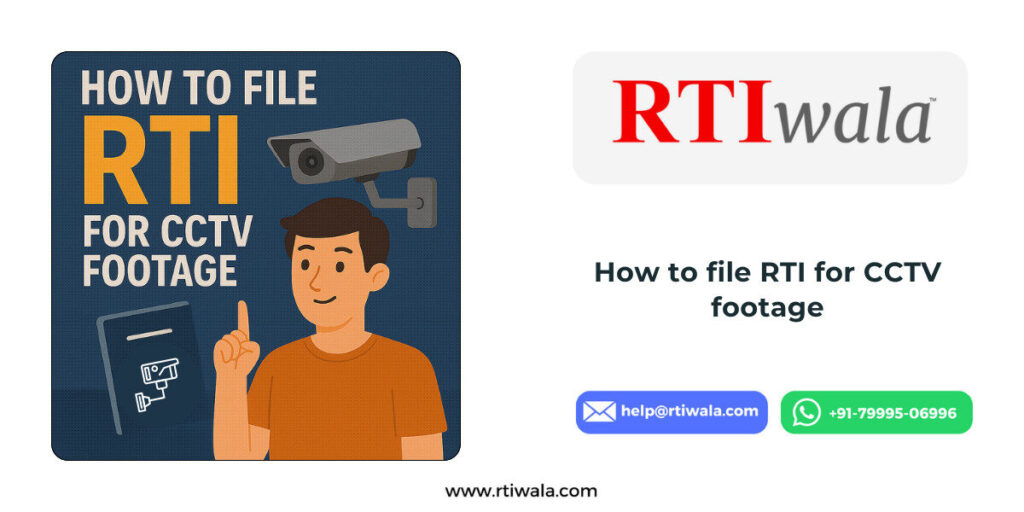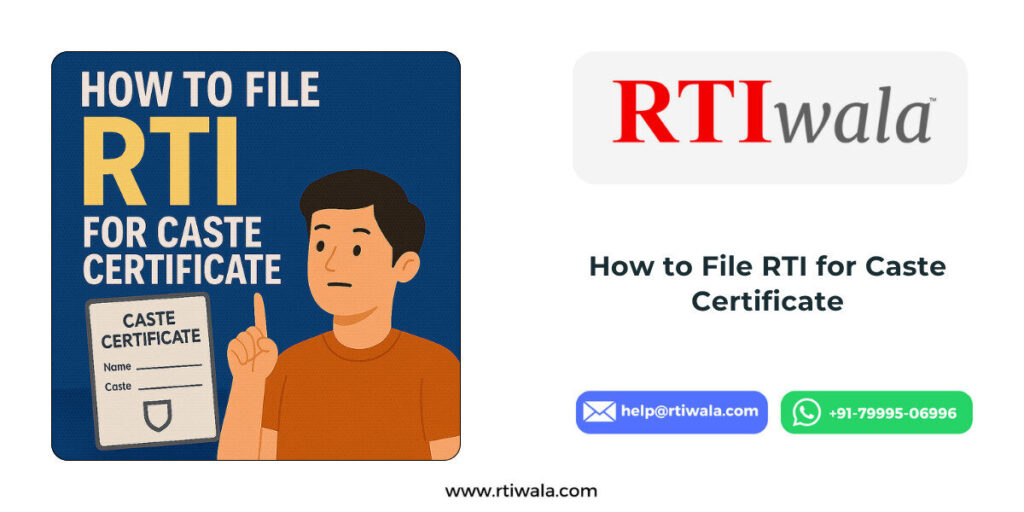How to Use RTI Bot and What Happens When Records Are Missing
Accessing government records in India is often a complex and time-consuming process. Different departments maintain separate portals, several records remain partially digitized, and many citizens struggle to identify the correct authority responsible for holding the information. RTI Bot has been developed to address these challenges by providing a unified, structured, and legally compliant method for searching and obtaining public records.
This article explains how individuals can use RTI Bot to locate government information and the formal steps available when a record is not found online.
1. How to Use RTI Bot
RTI Bot functions as an integrated public-information search system. It enables users to locate records from identity databases, land and property systems, police portals, educational authorities, employment departments, and various other government bodies. The following is a detailed guide on how to use the platform effectively.
Step 1: Visit the RTI Bot Homepage
Users begin by accessing the official RTI Bot website. The homepage presents a unified search bar. This interface allows users to input any relevant details related to the document or record they require, such as:
- Name
- Aadhaar, PAN, DL, or Voter ID number
- Property identifiers like Khasra or survey number
- FIR or complaint numbers
- Registration or application numbers
- Mobile number
- District or PIN code
The interface is intentionally minimal to avoid confusion.
Step 2: Enter the Required Details
Next, users must provide accurate information to help the system identify the correct record. Depending on the nature of the search, the platform may request:
- Full name
- Parent or guardian name
- Date of birth
- Document or registration identification numbers
- Vehicle registration details
- Examination roll or application numbers
These inputs form the basis for RTI Bot’s AI-assisted matching and verification.
Step 3: Allow RTI Bot to Identify the Appropriate Government Portal
RTI Bot automatically determines:
- Whether the record belongs to a state or central authority
- Which specific department or jurisdiction maintains the information
- Whether the data is stored on a general portal or a specialised agency website
This identification process eliminates the need for users to manually check multiple portals, which is one of the most common reasons for failed information retrieval.
Step 4: Review the Search Results
If the requested information is available online, RTI Bot presents the results clearly and precisely. This may include:
- Verified data from the corresponding government source
- Current application status
- Additional linked records or departmental references
- Options to review further associated data
The presentation ensures transparency and prevents users from misinterpreting the information.
Step 5: Download or Save Information, if Available
Where permitted by government guidelines, users may download or save:
- Digital certificates
- Status reports
- Record extracts
- Departmental reference numbers
The availability of downloads varies depending on departmental policy and system integration.
Step 6: If the Record Is Not Found, Generate an RTI Application
When the system is unable to locate a record—due to incomplete digitization, data mismatch, outdated portals, or non-availability—RTI Bot provides an automated RTI drafting option. This includes:
- Identification of the correct Public Information Officer (PIO)
- Precise and legally compliant RTI drafting
- Guidance regarding required attachments
- Steps to file the RTI online or offline
- Additional procedural instructions
This ensures the user can formally request the information under the Right to Information Act, 2005.
Step 7: Track the RTI Application
Once the RTI is filed, RTI Bot provides tools to track:
- Submission acknowledgment
- Movement of the application between departments
- Expected response timelines
- Delay alerts
- Requirement for a First Appeal
This monitoring system ensures procedural compliance and helps safeguard the citizen’s statutory rights.
2. What Happens When Government Records Are Missing
The absence of a digital record does not always indicate that the record does not exist. In India, several public authorities maintain mixed systems, and certain departments have not yet fully transitioned to digital formats. RTI Bot provides structured support for such situations.
2.1 When to File an RTI Application Immediately
An RTI application becomes necessary when:
- A legally mandated record is not appearing on the official portal
- The concerned department has failed to upload or update its database
- The information affects a citizen’s rights, entitlements, or benefits
- There are discrepancies in the data
- The department refuses to provide information without formalities
Under the RTI Act, citizens are legally entitled to receive such information within defined timeframes.
2.2 Departments Legally Obligated to Provide Records
In accordance with Sections 2(f) and 6(1) of the RTI Act, the following authorities must disclose information:
- State and Central government offices
- Municipal corporations, Zila Parishads, Panchayats
- Police departments and law enforcement agencies
- Revenue and land records offices
- Universities and educational boards
- Welfare and social justice departments
- Courts, to the extent permitted by procedural rules
- Public sector undertakings and statutory bodies
Any information in “material form” (printed, digital, written, or recorded) must be provided unless covered by exemptions under Section 8.
2.3 RTI Bot’s Auto-Drafted RTI Mechanism
RTI Bot prepares RTI drafts that are:
- Precise and legally compliant
- Tailored to the specific record being sought
- Properly addressed to the correct PIO
- Supported with relevant references or evidence
- Structured to avoid ambiguity or misinterpretation
This ensures the RTI is not rejected due to poor drafting or departmental confusion.
2.4 Statutory Timelines for RTI Responses
The RTI Act mandates the following timelines:
- 30 days for general RTI replies
- 48 hours in matters involving life and personal safety
- 45 days for certain security or investigative bodies
- Additional 30–45 days if the First Appeal under Section 19(1) becomes necessary
RTI Bot helps users keep track of these statutory requirements.
2.5 When a First Appeal Is Necessary
A First Appeal must be filed when:
- The PIO fails to respond within the statutory period
- The response is incomplete or unsatisfactory
- Information is denied without legal justification
- Misinformation or incorrect data is provided
RTI Bot generates a structured First Appeal with legal reasoning, ensuring compliance with statutory procedures.
Conclusion
RTI Bot simplifies the traditionally complex process of accessing government information in India. It enables users to conduct comprehensive searches, identify the correct authority, retrieve records efficiently, and file RTI applications when necessary. When information is missing, RTI Bot ensures that citizens have a dependable, legally sound method to obtain records through the RTI mechanism.










